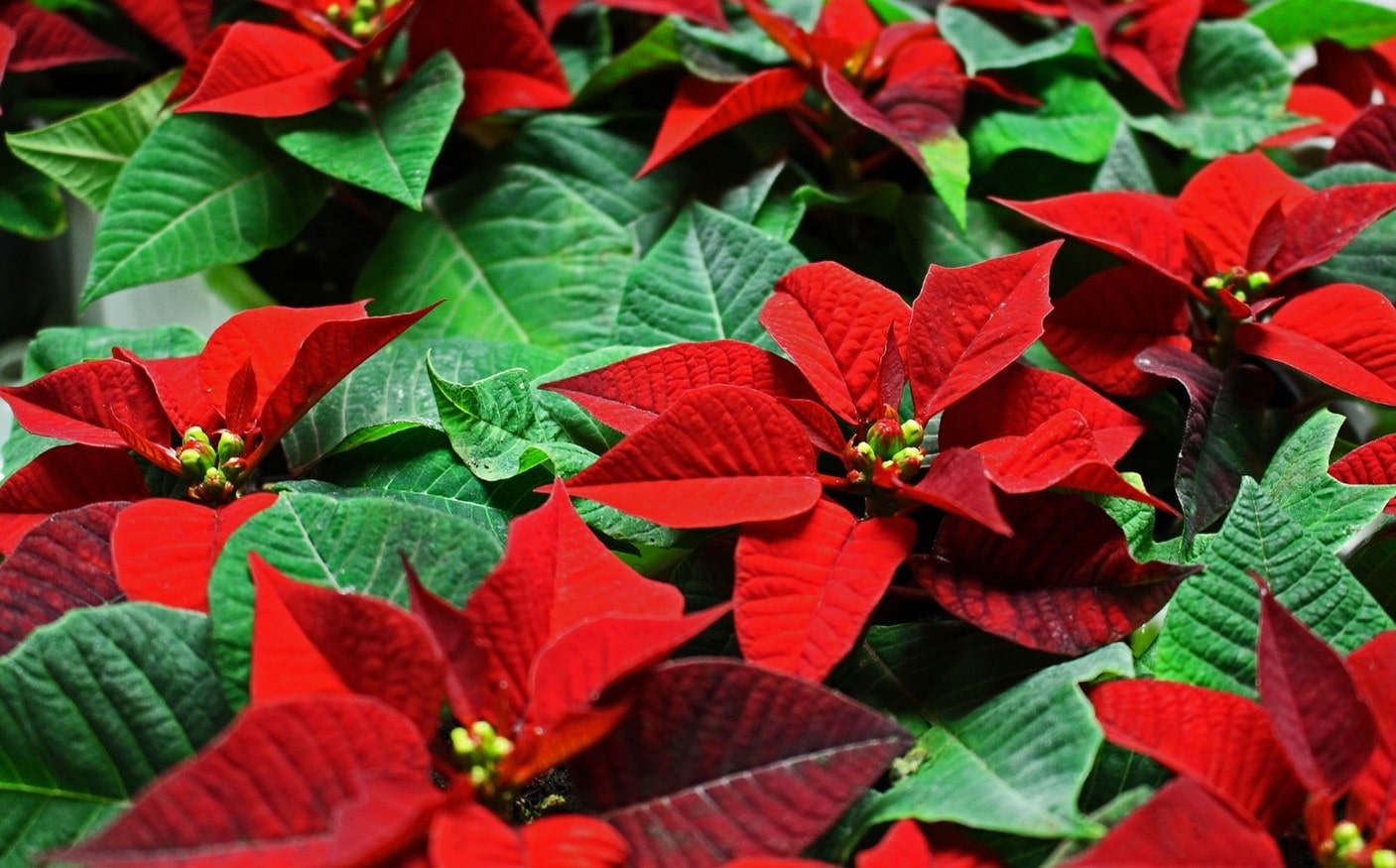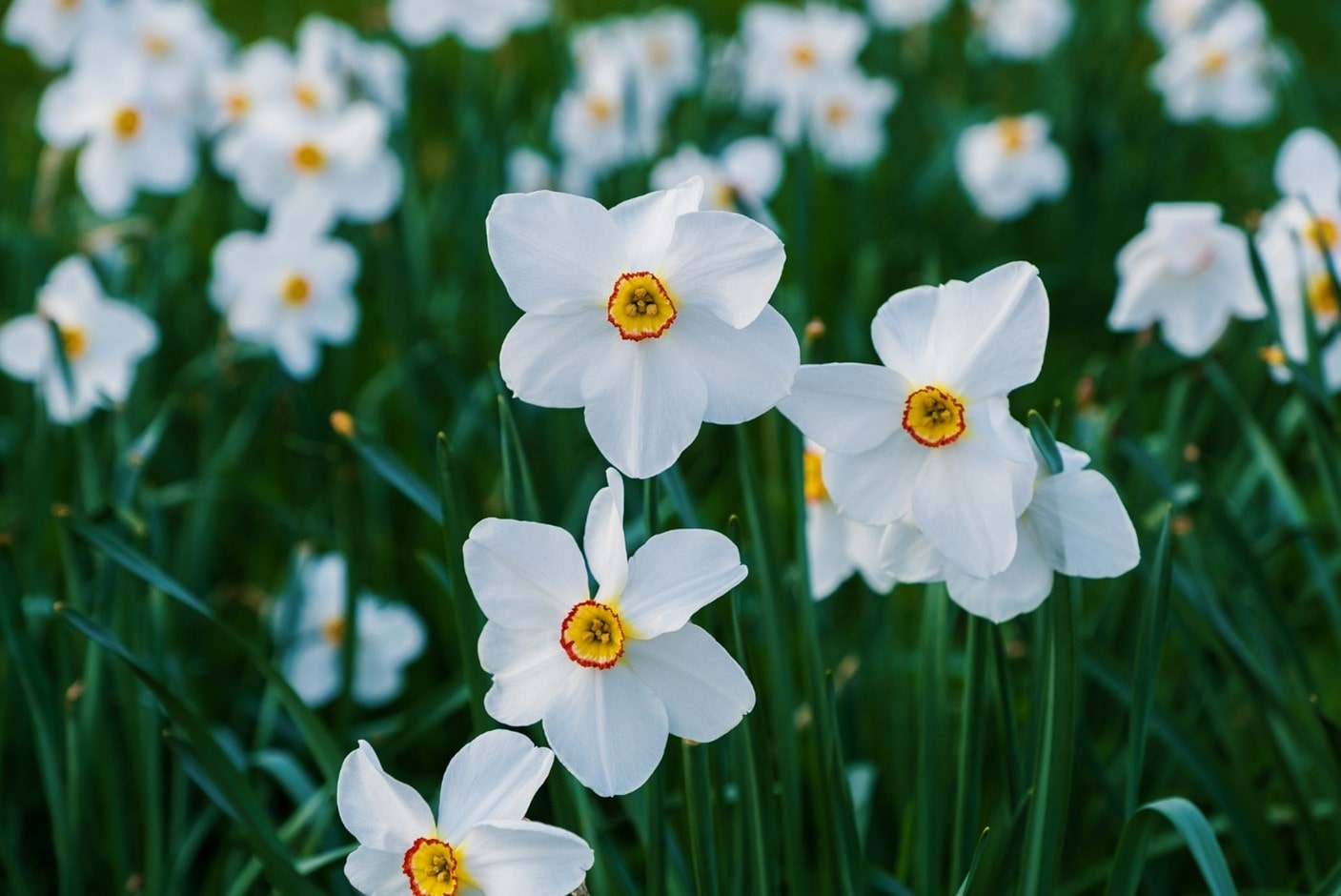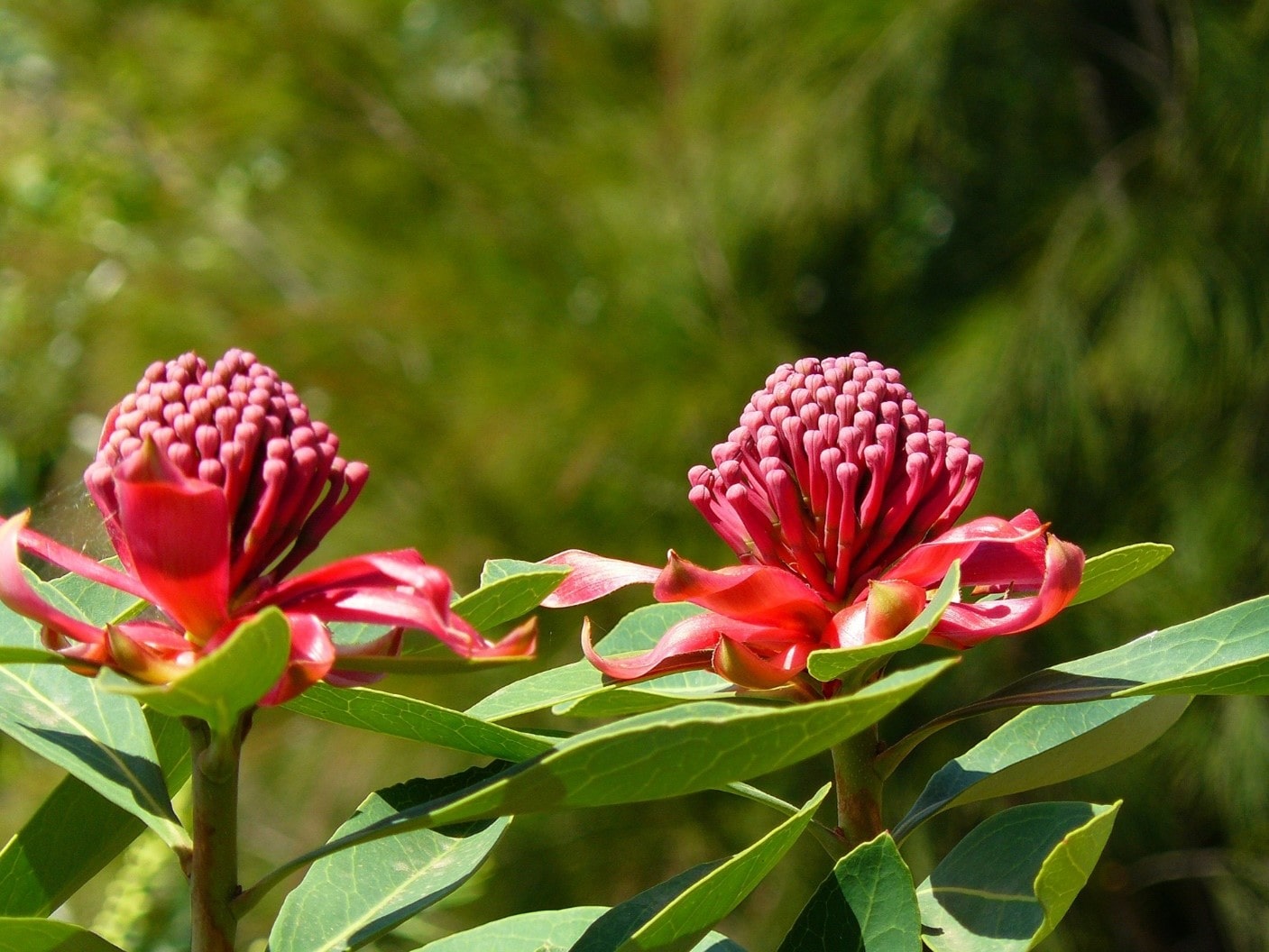Everything You Need to Know About December's Three Birth Flowers

You may probably be aware that each month in the calendar is represented by a flower. Like birthstones, birth flowers represent and celebrate the month you were born. For December, three gorgeous flowers are deemed as the flowers of the month. Let’s get to know each one of them and see how they accurately reflect the season and the personality of those born at this time of the year.
1. Holly
Holly is a popular plant décor for Christmas. This red and green beauty is from the Aquifoliaceae family in the Ilex genus of plants. There are several species of Holly but the two most popular ones are those you see during the Yuletide Season – the English holly (Ilex aquifolium) and the American Holly (Ilex opaca).
English holly is the one with a very familiar shape, the one you see on Christmas decorations like wreaths and bouquets. This plant has deep green and thorny leaves and little red berries. The English Hollys is an evergreen tree that can be trained to grow as a tall shrub. The American Holly is a popular substitute for the English Holly as it has the same spiny-tooth leaves and abundant red berries. This plant can grow up to 50 feet tall and spread up to 40 feet wide.

The Holly tree has different symbolic significance. In Celtic mythology, it is a well-respected magical tree that’s the evergreen twin of Oak. The holly tree is in control of dark and winter months while the Oak takes charge of the other half of the year. Celtic chieftains wear Holly wreaths as crown for good luck. Newborn babies are bathed in water with Holly leaves for protection.
Why is this plant popular during the Yuletide Season? In Christianity, holly is referenced to depict the Lord’s sacrifice. The hard and pointed edges of holly leaves are said to represent pain while the red colour of the berries depict the wounds that Jesus Christ endured.
Given that Holly is a plant associated with Christmas time, people named Holly or those born in the month of holly plants are said to also exude the plant’s regal and powerful nature. Thus, those born in the month of this birth flower are said to have innate leadership qualities.
2. Poinsettia
In most European countries, Poinsettia is considered as the December birth flower. The poinsettia plant is known for its vibrant red and green colour. Originally from Mexico, this small branching shrub has bright red bracts or modified leaves and its flowers are actually small and yellow in colour.
When you see poinsettia in every storefront you pass, you can be certain that it’s Christmas time. The star pattern of the plant symbolizes the Star of Bethlehem while the red color symbolizes Christ’s sacrifice. The Christmas affiliation of this plant first started in Guatemala and Mexico in the early 1800s. Franciscan priests used the flower in a nativity procession called the Fiesta of Santa Pesebre.

There’s also a Mexican legend that is said to have started the use of poinsettia during Christmas. A girl named Maria offered a bouquet of green leaves she gathered from roadside weed to baby Jesus. When she laid it onto the nativity display, the green foliage turned into bright red petals. This event also gave rise to Poinsettia’s Spanish name – Flores de Noche Buena.
As a December birth flower, Poinsettias stand for generosity and happiness. Those with Poinsettia as their birth flower are said to have an aloof and tough exterior but inside, they’re actually soft and sensitive.
3. Paperwhite Narcissus
In the United States, the December birth flower is the narcissus, particularly the paperwhite (Narcissus papyraceus) variety. This choice of birth flower for the month of December was adopted at a later time, during the Victorian era.
Native to Mediterranean areas, paperwhites feature small, white flowers with creamy stamens at the centre. One flower spike can have up to 15 flower heads. Paperwhites are not only delicately beautiful with their little snow white flowers, they are also very fragrant making them one of the most rewarding flowering bulbs to plant indoors or outdoors.

White Narcissus as a birth flower represents purity, modesty, faithfulness, respect, and sweetness. December-borns who consider narcissus paperwhite as their birth flower are said to display confidence and creativity, and are regarded for their natural beauty and positive energy.
Three Plus One: Waratah as December Birth Flower in Australia
If you want to be a little more specific, there’s Waratah as the birth flower for the month of December in Australia. This iconic native flowering plant comes in many forms but the New South Wales waratah is the most recognisable. The crimson flower head, razored leaves, and long stem make this blossoming plant a true stand out. This spectacular garden plant attracts bees and nectar-feeding birds.

Waratah flowers represent beauty, love, and courage. It is an excellent choice if you want to express admiration or respect. Telopea, its botanical name, is derived from ‘telopos’ which is a Greek word that means “seen from a distance.” People born in the month of December may exemplify some characteristics shown by the Waratah flower. Like this plant that surprises you with its robustness, size, and longevity, December-borns with waratah as their birth flower may make a striking impression with their beauty or strength of character.
For a deeper dive into the fascinating world of birth flowers, be sure to continue exploring our site. You'll find extensive information on the unique qualities and symbolic meanings of each month's birth flowers. From January's Carnation to December's Holly, every flower tells a story that's waiting to be discovered. So whether you're a curious reader, a flower enthusiast, or someone seeking to understand the significance of your birth month flower, there's something here for you. Uncover the hidden meanings and rich symbolism of birth flowers right here.
